How much does it cost to run an oven? And how can you save on running costs?
We’ve done the maths and spoken to the experts to work out the costs and how to help reduce those figures


This article has been updated to show the new cost to run based on the April 2024 Energy Price Cap. It has also been fact-checked and any out-of-date information removed.
With increasing living costs, many of us are looking for any way to save money and cut our costs. So asking how much does it cost to run an oven is a natural query.
We use ovens daily, and no kitchen is complete without an oven, but how much is it actually costing you to use?
To properly be able to cut the cost of running your oven, it’s important to know how much you spend in the first place. Once you know that, you can look into ways to make your home more energy efficient and in doing so, reduce your bills too.
How much does it cost to run an oven?
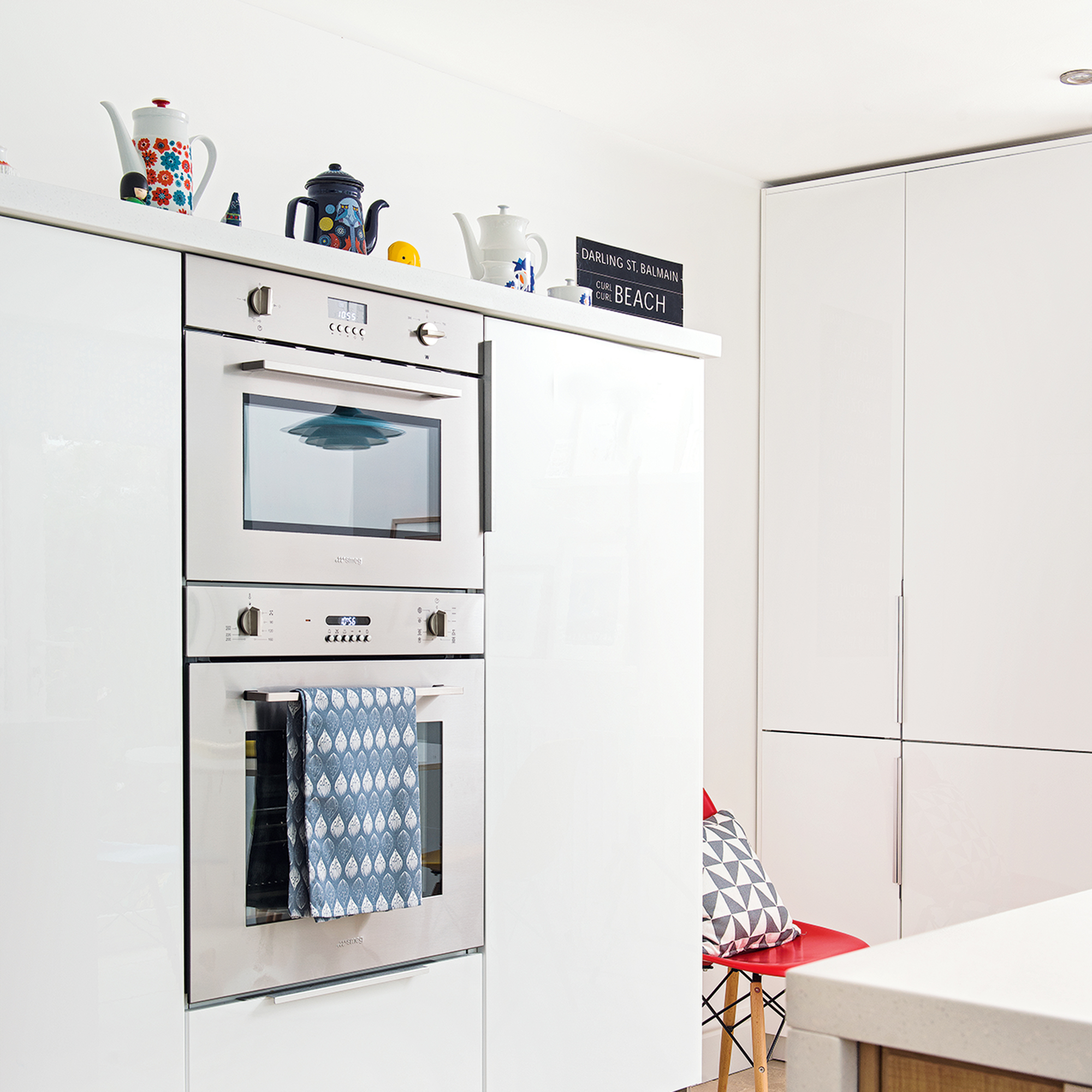
The answer to how much does it cost to run an oven depends on its energy rating, how often you use the oven, its size, and the temperature it is set. A smart meter is the easiest way to see how much your oven costs to run in real time. Pair this with an energy monitoring plug, available on Amazon, to stay on top of energy usage per appliance.
Joanna O’Loan, knowledge manager at Energy Saving Trust, says 'Some ovens offer a pyrolytic function that can be an energy intensive means of cleaning and can contribute to higher running costs.'
What types of oven and energy ratings are there?
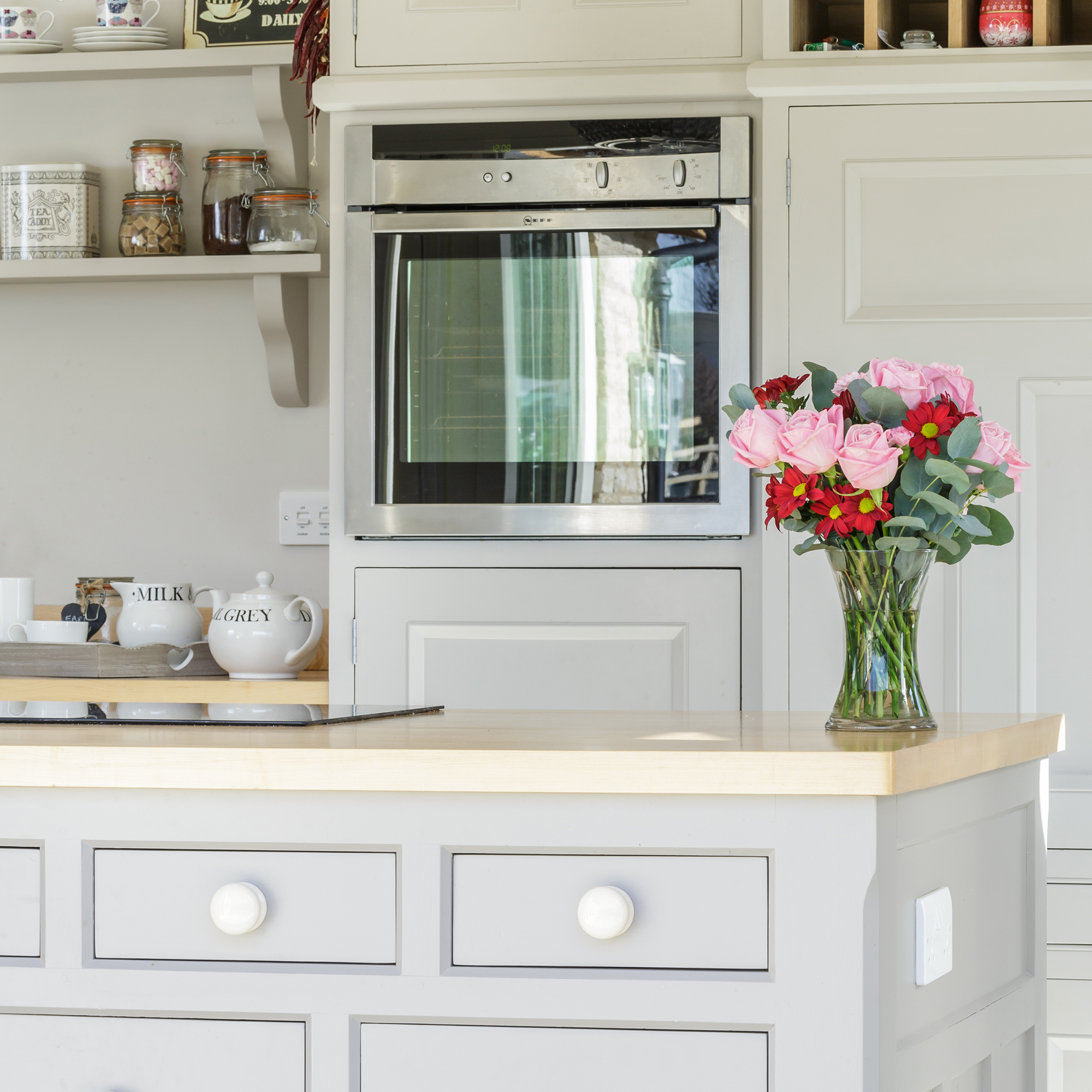
The main differences between ovens are size and how the oven is fuelled. Single ovens have one oven space and suffice for most families while double ovens have more than one cooking space, usually a separate grill. Electric ovens are more popular and efficient but gas ovens tend to be cheaper.
The energy rating system to work out what uses the most electricity in a home, changed last year, means many appliances are rated from A-G, with A the most energy efficient. However, ovens are still on the older energy rating scale from A+++ to G. A+++ is rated as the most efficient.
Sign up to our newsletter for style inspiration, real homes, project and garden advice and shopping know-how
'Energy ratings help consumers understand how much an appliance will cost to run,' adds an energy expert from Uswitch. 'The higher the rating the more efficient the appliance is to run, helping to keep bills low.'
'Choosing a kitchen appliance with a high energy rating will save you money on your energy bills and will reduce your carbon footprint overall.'
'An appliance with an “A” rating is the most energy-efficient and can reduce long-term running costs. The most efficient appliances will also carry the Energy Saving Recommended badge, which is awarded by the Energy Saving Trust.'
The breakdown
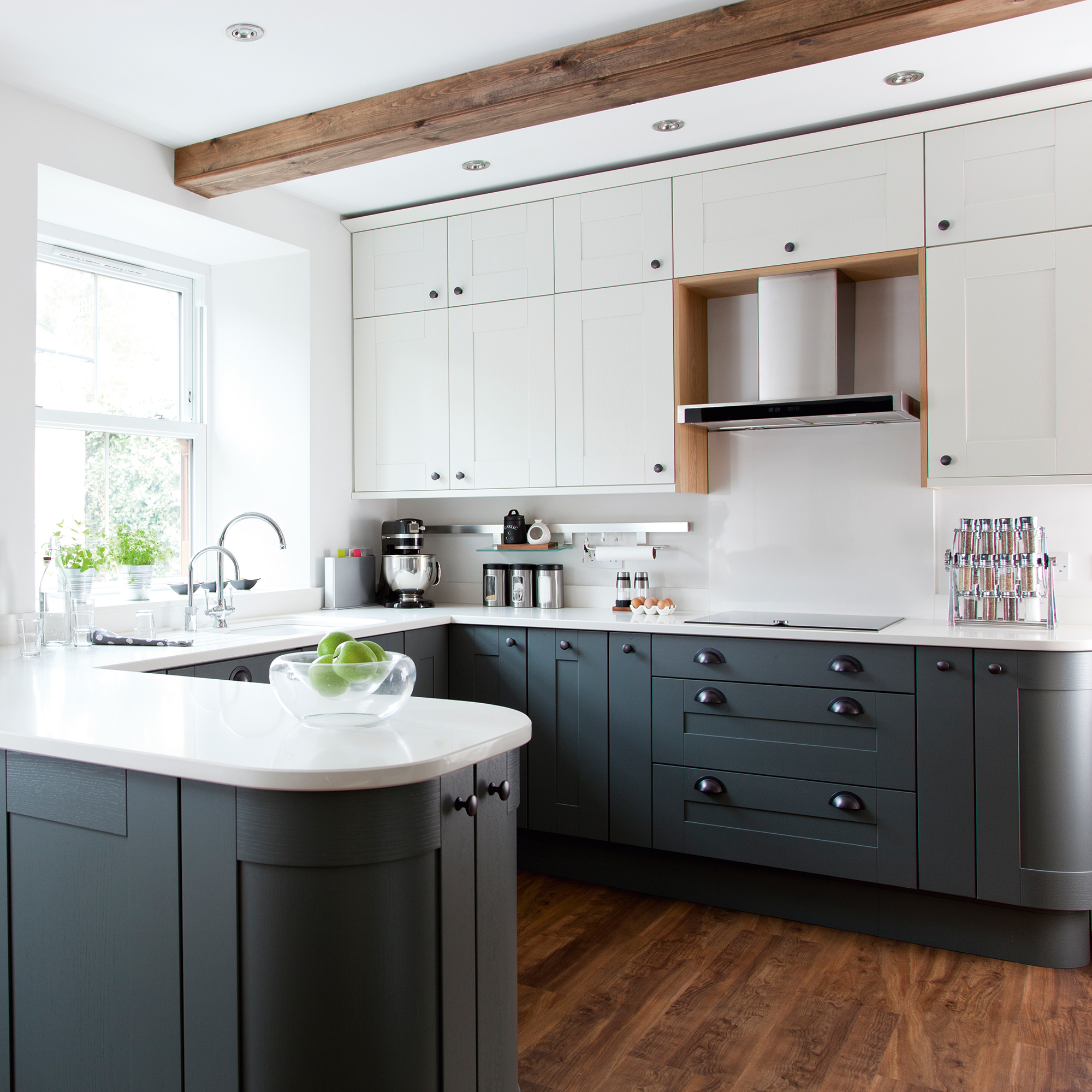
First check your oven’s energy label or manual to find the power rating per cycle in kWh. You’ll also need to know how much you’re spending on electricity, you can usually find this information on your bill.
From April 2024, the energy price cap changes in the UK meaning that the maximum cost for electricity is 25p per kWh.
To work out how much does it cost to run an oven take the power rating per cycle (kWh) and multiply it by the time you leave the appliance on for in hours. Then multiply that number by the cost of electricity. The answer is the running cost for that set amount of time.
For example, if you were to run an electric oven of 0.8kWh for two hours you would multiply 0.8 by 2 and then multiply that answer by 0.25 to give you an answer of 0.4 meaning it would cost you 40p to have your oven running for two hours.
Running an oven with an average rating of 0.63kWh for an hour will cost just under 16p.
Does the oven use a lot of electricity?
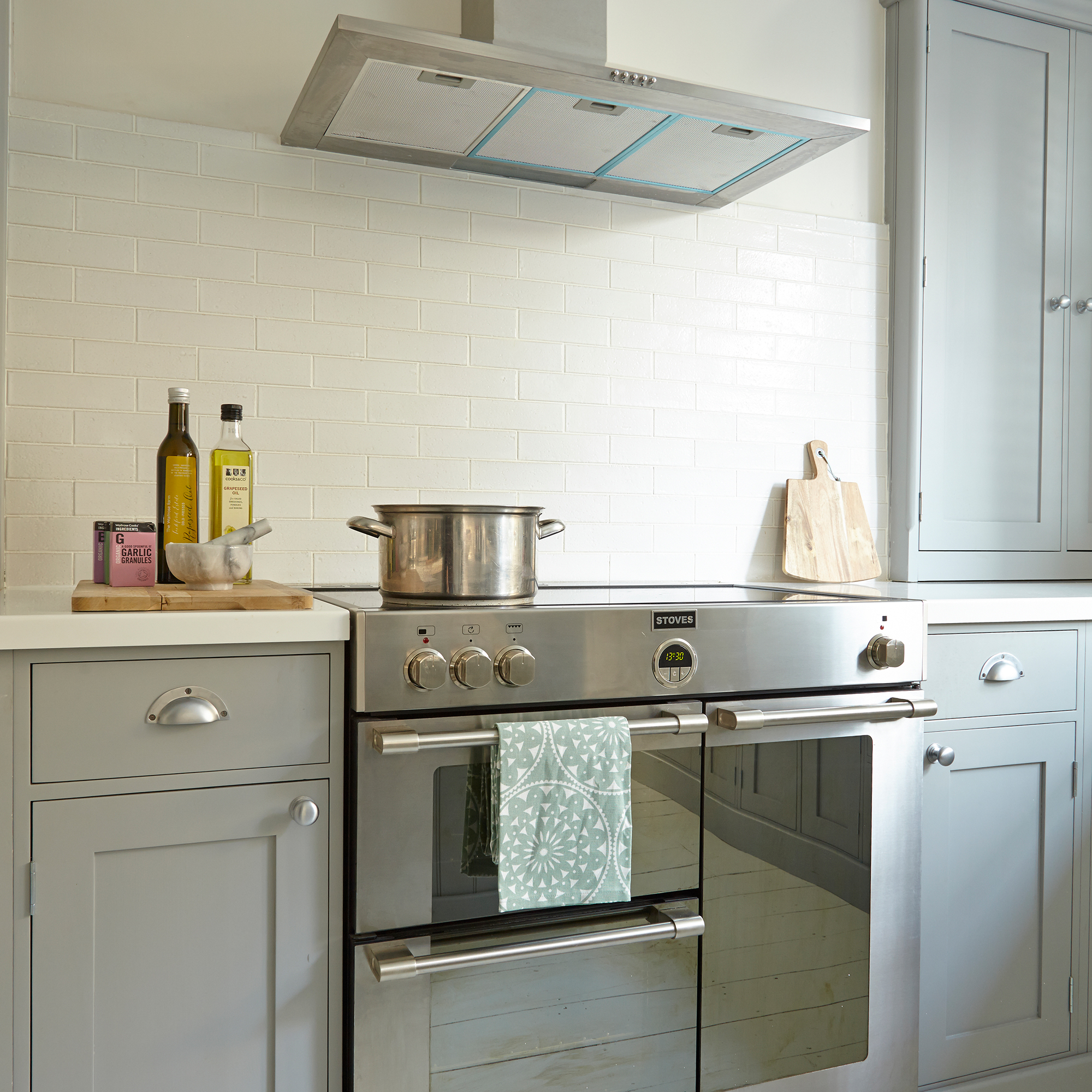
Ovens do use a lot of electricity, they aren't the cheapest kitchen appliance to run. They aren’t as efficient as a microwave because they heat up the entire space inside the oven rather than just the food you’re cooking or baking.
Though ovens consume a lot of energy, with how much does it cost to run an oven, your bill won’t skyrocket because its an appliance that doesn’t have to be on all the time, unlike the what affects the cost to run a fridge freezer. According to Which?, the oven is one of the less expensive large kitchen appliances to run, with the average yearly running costs between £77-£80.
Are some ovens cheaper to use than others?

The biggest difference in ovens is gas versus electric. If you’re buying a new oven, it’s worth considering what’s best for your needs.
'Gas ovens are less efficient than electric ones, however the cost of gas is about three times less than electricity,' points out Joanna from Energy Saving Trust.
What energy saving features should I look for when buying an oven?
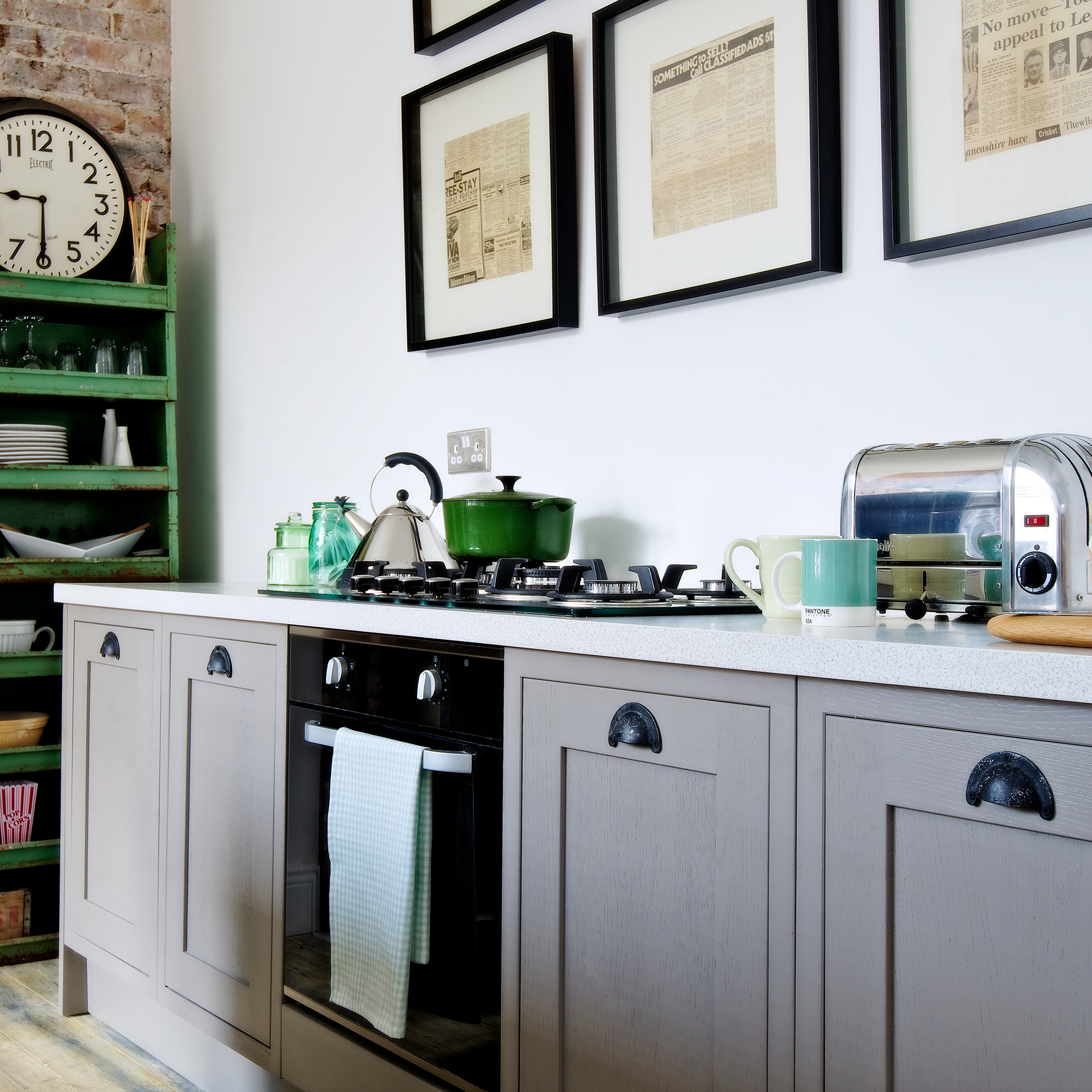
Choose a more energy efficient model to ensure how much does it cost to run an oven is as low as possible.
'The energy rating of an oven is the key thing to look at,' says Joanna from Energy Saving Trust. 'After that, consider its capacity. A smaller internal volume will cost less to heat and have lower running costs overall. A fan feature will reduce the temperature and ensure heat distributed evenly.'
How can I cut the cost of running an oven?

- To help with lowering the answer of how much does it cost to run an oven, don’t open the door repeatedly. Each time you do, you’ll release hot air and waste energy
- Turn off the heat a couple of minutes before the food is ready. The oven will take time to cool and the heat will continue to cook your food. Be sure the food is fully cooked before serving
- Prepare and cook in batches to reduce how much you use your oven. You can heat up leftovers in the microwave, an appliance that costs less to run
- Use your fan. Convection cooking can speed up cooking times which can reduce costs. It may help cook your food more evenly too
- Keep it clean. Baked on dirt makes your oven less efficient at heating up the space
- Use glass or ceramic baking dishes. These materials tend to hold heat better than metal so you can turn the oven temperature down and your food will cook just as quickly
- Don’t block the air flow. If you’re using multiple pans, try to place them in a way that allows air to flow freely so it can still move efficiently to heat the inside of your oven and cook your food

Bianca Castro is a journalist with more than 10 years of experience. An NCTJ-qualified journalist, she writes on news, law, health, lifestyle, interiors and real-life stories.
She's loved interiors ever since her mother gave her free reign to decorate her bedroom at 13. Gallery walls, art prints, plants and lots of colour are her go-to design choices.